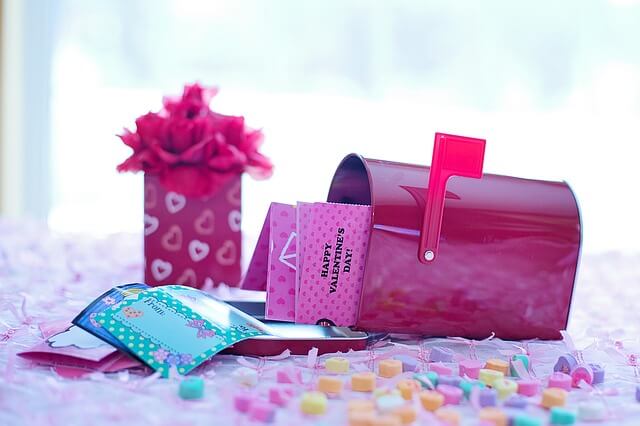
Despite the popularity of digital correspondence and the conscious decision of many to go paperless, a letterbox continues to be relevant for homeowners. Therefore, for those who are building a new home, among their new purchases would be a letterbox.
Letterboxes come in a variety of designs or styles to fit the special requirements of property owners. But for a traditional fence or post-mounted letterboxes that are often used for detached homes, and brick-in letterboxes common for gated properties, there are certain rules of installation to consider.
Postmasters have listed the dos and don’ts of letterbox installation in the section below.
Dos
- Do make sure that the bottom of the letterbox or point of mail entry is about 115 cms from the ground.
- Do seek advice from the local postmaster on the ideal distance of the letterbox from the street. Typically, the letterbox should be installed about 20 cms from the curb; but if the curb is elevated, there may be some adjustments to the distance to make sure that the letterbox is safe from street traffic.
- Do make sure that the slot of a freestanding letterbox is at least 76 cms from the floor or ground.
- Do make sure that the mail slot for a brick-in letterbox is at least 4 cms x 18 cms.
- Do make sure that the mail slot faces the road or the path for easy access, and there’s no blockage around it like an electric post, shrubbery, or trees.
- Do place your house number on the letterbox. You have a few options for house numerals; you can paint the number on the letterbox using a stencil kit, use stickers or stick-ons, or opt for screw-ons.
- Do place your complete address on your letterbox if it is installed on a different street from your home.
- Do place the house number or your complete address on the side of the letterbox, which is facing the oncoming traffic. This way, the mailman or other people searching for your home can easily spot it from the street.
- Do bury the post of your letterbox no deeper than 61 cms into the ground before mounting your letterbox on the post.
- Do oil the hinges of your letterbox door to get rid of rust and fix them when they get loose. The last thing you want is for the door to come off, which will allow anybody off the street to easily nick your mail.
- Do consider a separate holder for non-mail items such as newspapers or parcels.
Don’ts
- Don’t use post substitutes like heavy metal pipes planted in pots or cans filled with concrete. These are not as sturdy and may eventually compromise the durability of the letterbox.
- Don’t use mailbox numerals that are similar in color to the letterbox. The number should always pop out and be easily seen by the mailman.
- Don’t forget to clean your mailbox every now and then. This will preserve the good quality of the letterbox for a long time. Doing this will also make sure that there are no little animals living in it. Small birds like wrens are known for building their nest in people’s letterboxes.
- Don’t forget to clear the path to your letterbox. Keep grass short and make sure children’s toys are always out of the way to make the postman’s job a whole lot easier.
- Don’t do without a lock for your mailbox. You never want people to easily access its contents that may have sensitive information about you.
- Don’t hesitate to beautify the mailbox. Add a planter or lighting, or even change the color of the letterbox. The postal service has no issue with homeowners making their letterbox a thing of beauty as long is a function is not compromised.
It’s important to take note of all these dos and don’ts when installing your letterbox. In Australia, for example, mail is only delivered to letterboxes that are installed properly. The postal service can be a stickler for the regulations they have set regarding installation. So, best abide by their rules to make sure your mail is always where you want to find it.
Author-bio:
Jay Flavell is the General Manager at Sandleford Holdings. He has been working in the DIY & Home Improvement industry since 2007 and has vast experience sourcing and developing products from overseas suppliers in the Far East. Jay has also been successfully dealing with a number of major DIY & Home Improvement retailers throughout his career.

